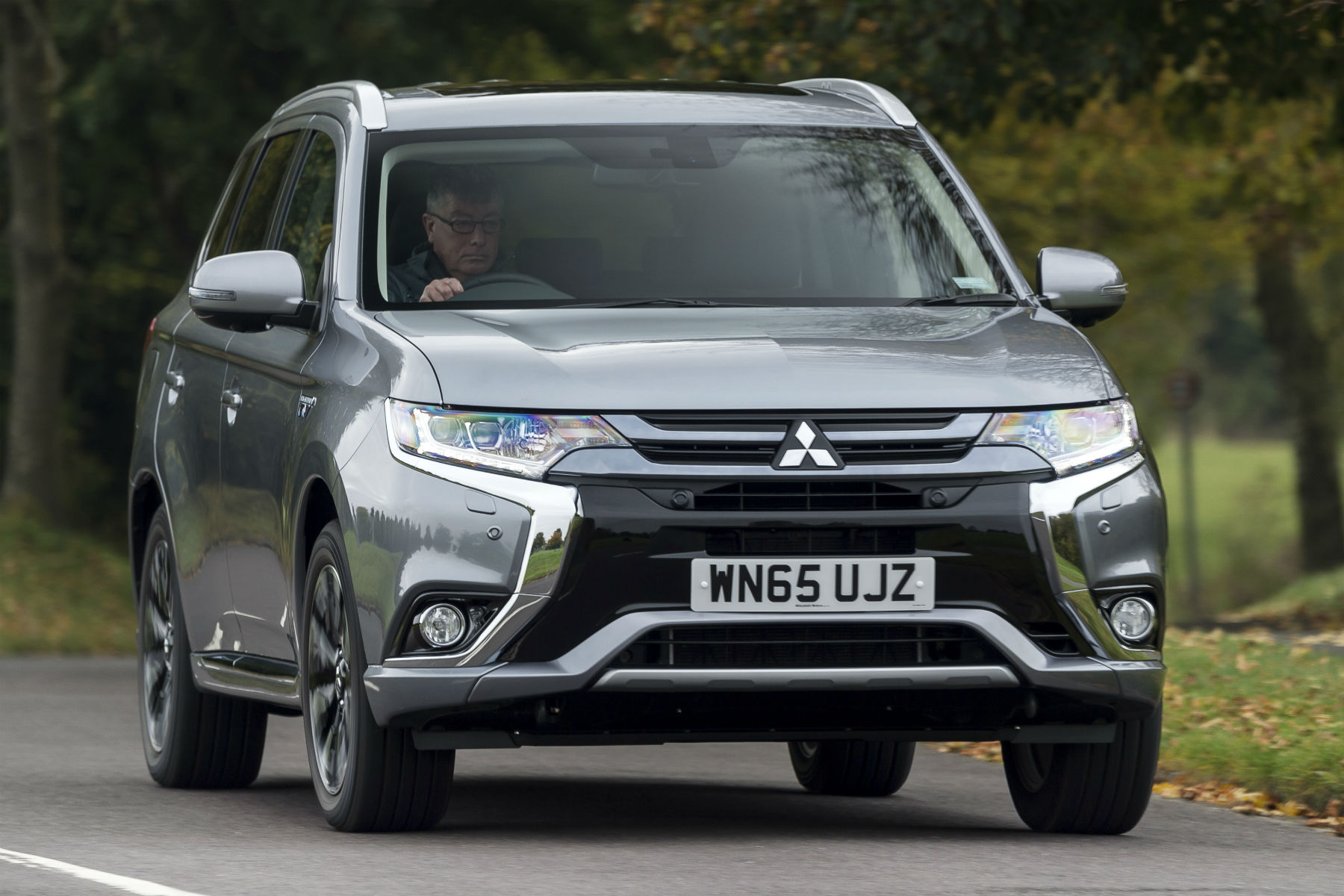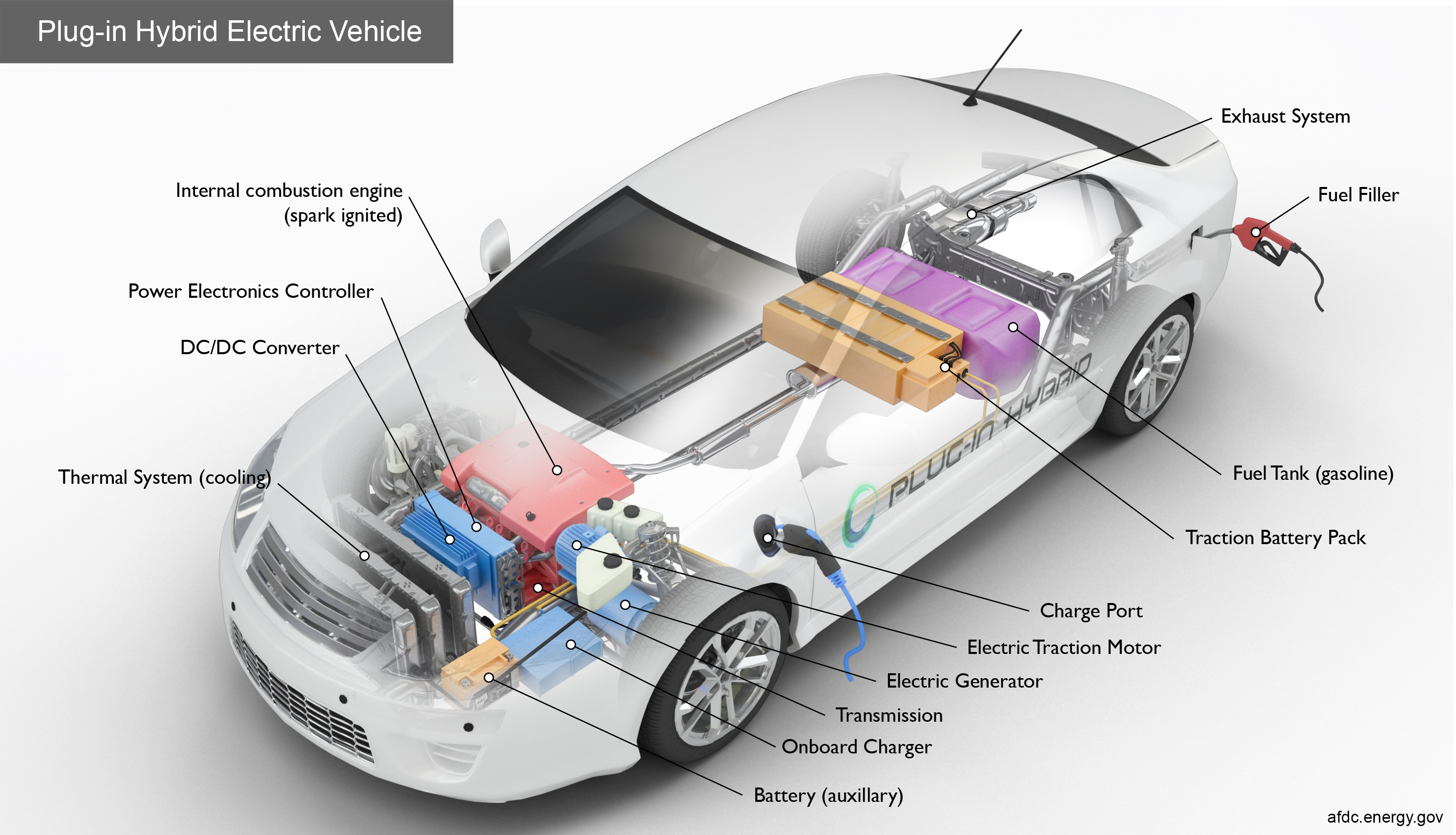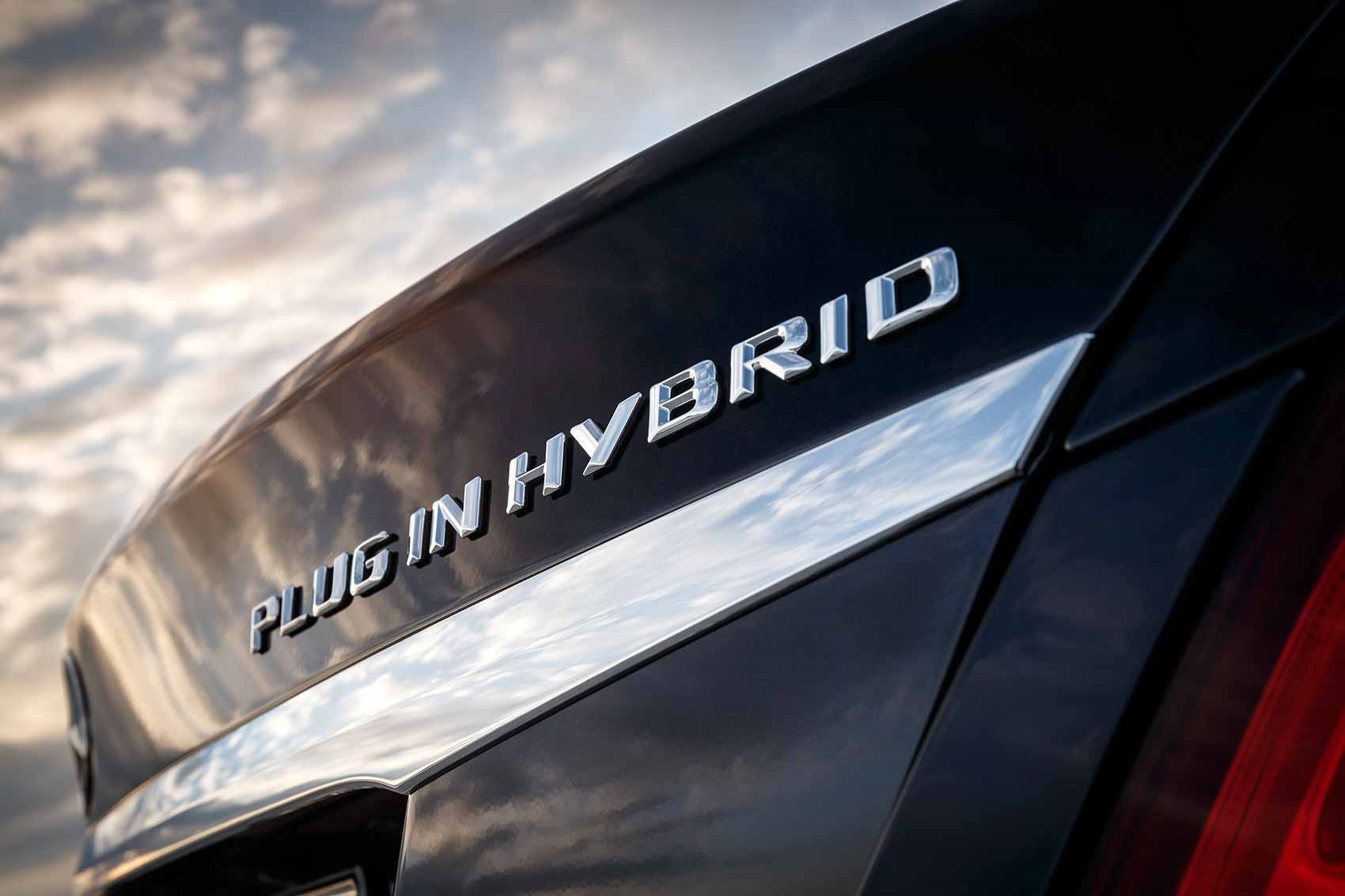
While the battery is meant to last for a long duration, the average for replacement is around 100,000 miles or eight years While it is true that hybrid systems typically require less upkeep than gasoline-powered engines, the following maintenance must still be kept up with: Just like adding a turbocharger or supercharger to an engine, adding a hybrid system equates to another component that will need to be maintained. Related: 10 Life Hacks For Getting More Range Out Of Your Plug-In Hybrid This means that if you are somewhere without access to a charging station, or you do not have time to stop and wait for a recharge, you'll still be able to make it to your destination.
#Best value plug in hybrid cars full
With hybrid vehicles, range anxiety is irrelevant due to the fact that the vehicle can still operate whether it is in full electric mode, hybrid mode, or even in gasoline-engine-only mode. If you are on a long trip and don't want to wait for hybrid system to recharge, you can rely on the gasoline engine You are not limited to the typically lower range of full-electric vehicles If you run out of fuel, you may be able to use the full-electric mode to make it to the nearest gas station Having a gasoline engine prevents you from being stranded if you run out of battery This essentially means that you are anxious about whether you will find a charging point before running out of battery, potentially leaving you stranded.
#Best value plug in hybrid cars drivers
With fully electric or EV cars, there is a common phenomenon that many drivers experience, known as "range anxiety". Related: The Cheapest Plug-in Hybrid Vehicles In 2023

For example, The Prius Prime has a full-electric range of around 44 miles depending on the driving conditions. However, the fully electric mode only operates up to a certain speed, and the range of the full-electric mode is typically a fairly low number. Many plug-in hybrids offer a full-electric mode that allows you to drive in stop-and-go conditions without eating away at your fuel. When in full electric mode, the range is fairly limited The fully electric mode can only operate up to certain speeds Some hybrids, like the Toyota Prius Prime, are able to get up to 133 MPGe combined fuel economy Plug-in hybrids also typically have a much longer range than EVs. This means that on top of the already good fuel-efficiency figures, the hybrid system takes this to a whole new level by operating when fuel is used the most, such as city driving and sitting in traffic. While many new vehicles feature a smaller engine that allows for great fuel economy, plug-in hybrids also add an electrical hybrid system to the mix. You can expect around 5 miles of electric range per hour of charging, meaning the best course of action with a level-one charger is to plug your vehicle in overnight.

With this being said, the standard 120-volt level one charger operates at a slower speed compared to the latter. While some plug-in hybrid vehicles allow for the use of a DC fast charger (You may have seen the Tesla charging stations popping up at some of your local gas stations), this is not yet a common occurrence.


Only select plug-in hybrids are compatible with DC Fast Chargers Level 2 chargers require a bigger, higher voltage outlet which may require additional equipmentĭC Fast Chargers (like the ones seen at some gas stations) gain around 100-200+ miles per 30 minutes of charging Level 2 (240V) gains around 25 miles per charging hour Level 1 chargers can be used with any standard home outlet Level 1 (120V) gains around 5 miles per charging hour You also have the option to use a level-two charger which uses a 240-volt outlet, similar to what a welder or washing machine may use. All plug-in hybrid vehicles allow for a standard charger to be used with the normal 120-volt outlet that you will see in your home or nearly anywhere else.


 0 kommentar(er)
0 kommentar(er)
